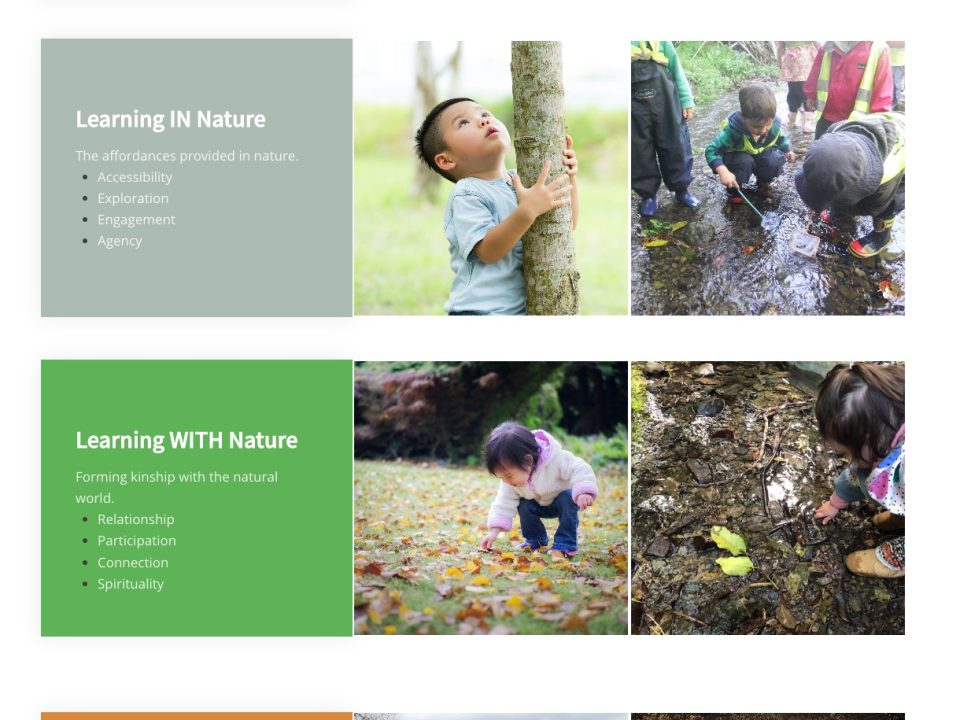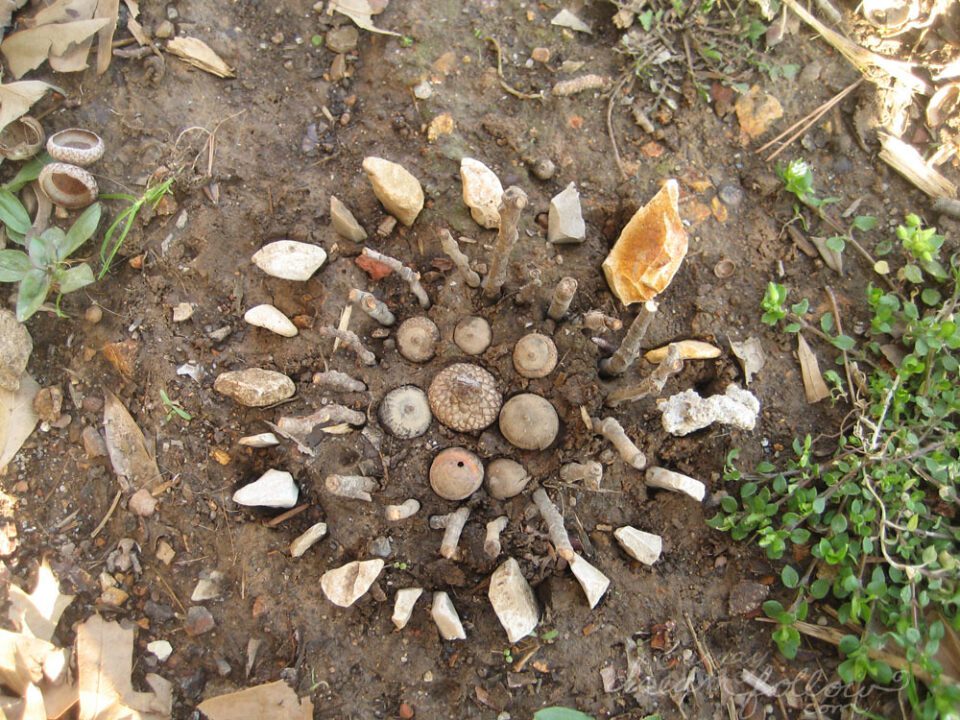Leave No Child Inside Summit ’08 Notes: Dirt Piles
October 15, 2008New discussion course at Stratford about kids and consumer culture
October 20, 2008October 17, 2008, 12:09 pm
A ‘Dose of Nature’ for Attention Problems
blog link
Parents of children with attention deficit problems are always looking
for new strategies to help their children cope. An interesting new study
suggests that spending time in nature may help.
A small study conducted at the University of Illinois at
Urbana-Champaign looked at how the environment influenced a child’s
concentration skills. The researchers evaluated 17 children with
attention deficit hyperactivity disorder, who all took part in three
20-minute walks in a park, a residential neighborhood and a downtown
area.
After each walk, the children were given a standard test called Digit
Span Backwards, in which a series of numbers are said aloud and the
child recites them backwards. The test is a useful measure of attention
and concentration because practice doesn’t improve the score. The order
of the walks varied for all the children, and the tester wasn’t aware of
which walk the child had just taken.
The study, published in the August issue of The Journal of Attention
Disorders, found that children were able to focus better after the
“green” walks compared to walks in other settings.
Although the study is small, the data support several earlier studies
suggesting that natural settings influence psychological health. In
2004, a survey of parents of 450 children found that “green” outdoor
activities reduced A.D.H.D. symptoms more than activities in other
settings.
“What this particular study tells us is that the physical environment
matters,” said Frances E. Kuo, director of the university’s Landscape
and Human Health Laboratory. “We don’t know what it is about the park,
exactly – the greenness or lack of buildings – that seems to improve
attention.”
Dr. Kuo noted that the study used tight controls to make sure that the
walks were identical except for the environment. Who the child was with,
noise levels, the length of time, the time of day and whether the child
was on medication stayed constant.
“If we kept everything else the same, and we just changed the
environment, we still saw a measurable difference in children’s
symptoms,” Dr. Kuo said. “And that’s completely new. No one has done a
study looking at a child in different environments, in a controlled
comparison where everything else is the same.”
Dr. Kuo said more children were initially involved in the study, but
logistical problems like weather changes, late arrivals or changes in
medication made it difficult to maintain tight control, leaving the
study with just 17 children from which to draw conclusions.
Despite the small size, the study is important because it involves an
objective test of attention and doesn’t rely on children’s or parents’
impressions. During the walks, all of the children were unmedicated –
participants who normally took medications to control their A.D.H.D.
symptoms stayed off the drugs on the days of the walks.
The researchers found that a “dose of nature” worked as well or better
than a dose of medication on the child’s ability to concentrate. What’s
not clear is how long the nature effect can last.
Dr. Kuo said that while there are “hints” exposure to green outdoor
settings offers a benefit, the science isn’t advanced enough to give
parents a strict formula.
“We can’t say for sure, ‘two hours of outdoor play will get you this
many days of good behavior,’ but we can say it’s worth trying,” she
said. “We can say that as little as 20 minutes of outdoor exposure could
potentially buy you an afternoon or a couple of hours to get homework
done.”
Dr. Kuo said it’s notable that parents themselves consistently report
benefits for their children from green settings.
“One reason we believe this is that if the effect were short-lived, we
don’t think that parents would have so consistently observed it,” she
said. “But they do. They report it over and over.”



